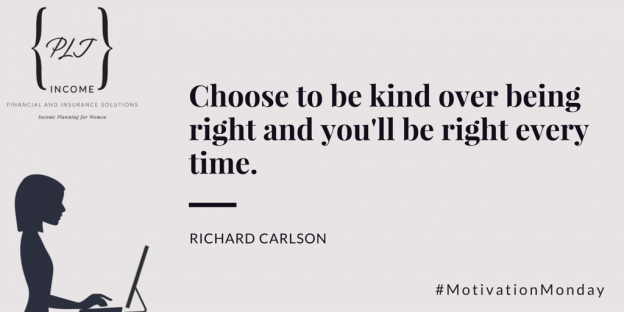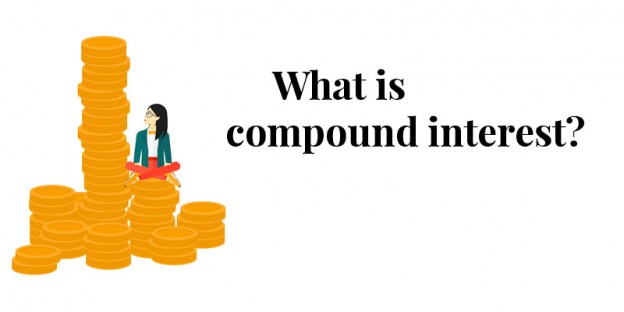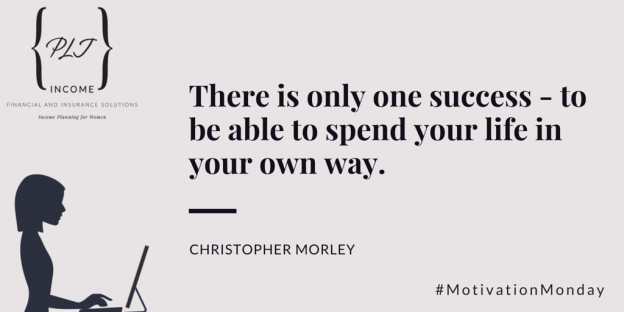When it comes down to it, everybody wants to be successful. Whether discussing career plans, relationship goals, financial status, or dozens of other things, the word success tends to appear quite often.
But what exactly is success?
The most basic dictionary definition is this: success is the achievement of desired results. Sounds kind of dry, huh?
It takes just a bit of life experience to understand that success is actually a very subjective concept. Sometimes, even when we’ve achieved some of our goals, we don’t actually feel successful. This usually happens when we buy into another person’s definition of success, rather than creating our own.
Here’s the main reason why you should redefine what success is to you: following a standard definition of success can end up making you fail.
Sure, we all have had a couple (or even multiple!) failures, and there’s nothing wrong with that. Failure is part of life. The problem arises when you’re trying to fulfill someone else’s expectations and when you aspire to become successful under their own terms and conditions.
This leads to setting you back on your true personal goals. That’s not the type of failure that ultimately teaches you a lesson and leaves you feeling wiser; that’s the kind of failure that can drain your confidence little by little… and that is something you can definitely avoid.
You’re you. You’re the only you there is, so why should you follow someone’s cookie-cutter idea of success? Redefine what success means to you.
Here are three steps that can help you create your own version of success.
1. Get personal.
Take some time to yourself and contemplate the things that would make you feel successful. Since this is such a broad concept, breaking success down into categories can go a long way in helping you to feel clear about your goals.
– So, ask yourself: What would make me feel like I’ve succeeded professionally?
Be specific and plan it out. Apply for that job. Take that advanced course you’ve been meaning to take forever. Go for it! Most often than not, it’s only you who’s standing in your own way to greater things.
– On to the second question: What would make me feel like I’ve succeeded financially?
Maybe it’s getting out of debt, taking your business to the next level, or finally improving your relationship with money and learning how to budget properly. Getting clarity on what financial success is to you is extremely important, because when you learn how to handle your income and savings, you’ll be able to pursue whatever other activities your heart and soul want in a calm state of mind.
Overnight success just doesn’t happen. Getting financially fit will allow you to have access to the tools and skills you need to achieve anything you want.
– Finally, ask yourself: What would make me feel successful in my own personal life?
What makes your heart sing? From cooking a new dish to learning how to play a musical instrument or hosting a monthly friends-only gathering, do whatever will make you feel great. Don’t worry if your goals sound small and your dreams don’t seem as big as someone else’s; life’s greatest moments are in the little things.
On the contrary, don’t put yourself down if your goals seem impossible. Remember that a lot of things wouldn’t get done if it weren’t for the big thinkers and dreamers out there.
Whatever your goals are, please keep in mind that it’s not their size that will make you feel successful. What will give you that sense of accomplishment is the knowledge of what you truly want and the journey towards achieving it.
2. Challenge your mindset.
Don’t let limiting beliefs hold you back. Challenge your negative thoughts and tune in into a helpful mindset instead.
Psychologist Carol Deck has written about the growth mindset. “Channeling into the growth mindset” means believing in the idea that intelligence, character, creativity and opportunities don’t come in fixed amounts. Each person has the ability to nourish and grow all these wonderful things because such human characteristics are dynamic.
Imagine taking the bumps in the road as little challenges that will give you the opportunity to grow as a person. That can really change your outlook towards life.
Having a growth mindset means that you can learn how to succeed at whatever you want. So forget about the “I’ve never been good at…” or “I’ve always wanted to but I don’t think I can” way of thinking. You can continue to develop and improve your personality, just like pretty much every other trait.
Next time you catch a limiting thought blocking you, challenge yourself and tune in into the growth mindset perspective instead. We humans have the ability to learn and create without limit. Take advantage of that.
3. Invest in yourself.
Without a doubt, the best investment you’ll ever make is in yourself. Once you’re clear about what you want, make an investment. You know things won’t magically happen. Leaving the course of your life to blind luck will – at the very least – significantly decrease your chances of succeeding.
Invest money in yourself, whether you take courses, read books, change your look, get coaching, or whatever else you decide on. If it’s well thought-out and the desire for it comes from deep within you, it will pay off.
Invest time in yourself. Stop procrastinating and go after your hopes and dreams. Handle it the best way you can and it will always pay off.
To invest in yourself means that you believe in your life’s project. Take that leap.
It’s time to put it all together now.
You’ve identified specific things that would make you feel successful in three main areas of your life: professional, financial, and personal. Review your answers and see if some things overlap, checking for any patterns that may appear. Use all the information you can and (yes, you’ve guessed it) redefine success.

Be honest: are you ready to step out and live the life you know you’re meant to?
A good way to start is to redefine what success is to you.
Don’t forget – that very definition you’ve created can change over time, too. People change and so do goals. Don’t be afraid to redefine success any time you need to, just make sure that when you do so, it comes from a loving and adventurous place.
Once you really know that you don’t have to follow one else’s path but your own, you’ll see how things start getting clearer.
Only one question remains: How are you going to spend your life?













